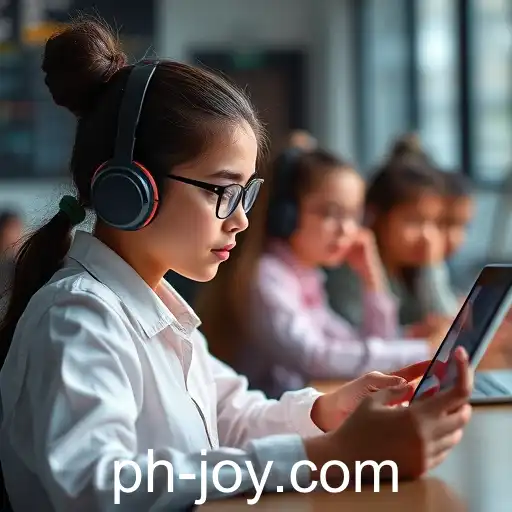
Exploring how technological advancements are transforming the educational landscape in unexpected ways.
As we move further into the digital era, the intersection of technology and education continues to grow more dynamic and transformative. This evolving landscape has seen a significant shift, particularly evident in the rise of remote and hybrid learning models. This article delves into how current technological advancements are reshaping educational practices, with specific focus on the role of AI and virtual platforms.
One notable development is the integration of Artificial Intelligence (AI) in educational contexts. AI-powered tools and platforms are providing personalized learning experiences at an unprecedented scale. They adapt to individual student needs, preferences, and paces, facilitating a more tailored educational journey. This aspect of educational technology not only enhances learning outcomes but also helps in bridging gaps for students with diverse educational backgrounds.
Virtual learning environments have also gained significant traction, accelerated by the global circumstances of recent years. Schools and universities worldwide have adopted online classes, which have become an integral part of the educational ecosystem. Platforms hosting virtual classrooms are continually evolving to offer interactive and engaging interfaces that mimic the social and collaborative aspects of traditional classroom settings. With tools such as virtual breakout rooms and collaborative document editing, the digital classroom is now more accessible and comprehensive than ever before.
Moreover, the dynamics of education are not only being influenced by tools and platforms but also by shifting educational policies that acknowledge the importance of digital literacy. As digital skills become increasingly essential in the workplace, educational institutions are adapting their curricula to prioritize technological competency alongside traditional academic skills. This shift aims to equip students with the necessary skills to thrive in a rapidly digitizing world.
While these advancements offer many opportunities, they also pose challenges, such as ensuring equal access to technology and addressing the digital divide. Governments, institutions, and corporations are tasked with finding sustainable solutions that promote inclusivity and equal opportunity in education worldwide.
In conclusion, the synergy between technology and education presents both exciting possibilities and daunting challenges. As we continue to navigate this digital frontier, the ongoing dialogue between educators, technologists, and policymakers will play a crucial role in shaping the future of education.




